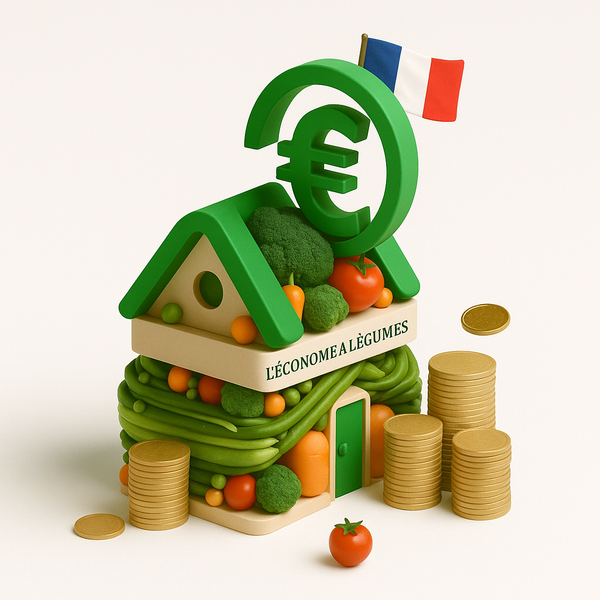-
Delivery from 10 plants within 15 days FR/ EU / CH
Delivery Terms -
Wholesale Supplier of Small Fruit Plants
About Us -
Quality Small Fruit Plants
Technical itinerary for small fruits -
Secure payment
Our Payment Terms
French Casseilliers Market in 2025
Blackcurrant, a hybrid fruit resulting from the cross between blackcurrant and redcurrant, is attracting growing interest in 2025 thanks to its many advantages: ease of cultivation, varied outlets (fresh sales, processing, cosmetics) and diversification opportunities for market gardeners, in a context of increased demand for local and organic products.
Presentation and commercial uses
The black currant (Ribes x nidigrolaria) is a hybrid shrub resulting from the cross between the black currant and the gooseberry . This vigorous, thornless shrub produces fruits called gooseberries, larger than blackcurrants and easy to harvest . Blackcurrants have a tangy taste, halfway between redcurrant and blackcurrant .
The main commercial uses of blackcurrants in France include:
- Fresh sales in local markets and short supply chains
- Processing into jams, juices, syrups and liqueurs
- Use in baking and artisanal confectionery
- The production of food supplements and cosmetic products, thanks to their richness in vitamins and antioxidants
Blackcurrant represents an interesting diversification opportunity for market gardeners, with yields of up to 3 kg per plant and an attractive valuation of up to €21/kg fresh .
Recent market developments
The French blackcurrant market has seen mixed developments over the past three years. In the conventional sector, there has been a slight increase in cultivated areas and volumes produced, driven by growing consumer interest in local berries . On the other hand, the organic market has slowed down, with a 2% drop in cultivated areas in 2023. This trend is part of a broader context of a decline in organic production in France, particularly in the fruit and vegetable sector, which has seen its areas decrease by 6% . Despite these difficulties, the organic blackcurrant market remains dynamic, supported by constant demand for certified products and an expected growth of 3 to 5% in volume for 2025 .
Current market status
The French blackcurrant market in 2025 shows contrasting trends between conventional and organic production. In the conventional sector, there is a slight increase with areas estimated at around 150 hectares and an annual production of around 450 tonnes . The organic market, for its part, is experiencing a slowdown with a 2% drop in cultivated areas, part of the general trend of decline in organic products in France . Despite this difficult context, the organic blackcurrant market remains dynamic, driven by constant demand for certified products and expected growth of 3 to 5% in volume for 2025 .
- Conventional market: slightly increasing surface area, stable volumes, growing demand for local fruits
- Organic market: surface area down 2%, volumes up slightly, positive dynamics despite challenges in the organic sector
Favorable regions and terroirs
The main producing regions of blackcurrants in France are Burgundy, Anjou and the mountainous areas . These regions offer climatic and soil conditions favorable to the cultivation of black currant.
- Burgundy: Continental climate with cold winters conducive to the fruiting of the black currant bush which requires a cold period of at least -5°C . Deep, clayey soils suitable for cultivation.
- Anjou: Temperate oceanic climate with hot summers and mild winters. Sandy or chalky soils where black currant can grow, although its development is less significant .
- Mountainous areas: Mountain climate with harsh winters and cool summers, ideal for the hardiness of the black currant tree which can withstand temperatures down to -20°C . Acidic soils favorable to cultivation.
Blackcurrant adapts to various types of soil, but prefers deep, humus-rich soils with a neutral or slightly acidic pH . A sunny exposure is essential to promote fruit production, although the shrub tolerates partial shade in southern regions .
Essential growing techniques
The main varieties of blackcurrant grown in France are ' Josta ', ' Anita ' and ' Rita ' . Blackcurrant prefers clayey, fresh, well-drained soils, with a pH between 6 and 7 and at least 3% organic matter . It requires sunny or semi-shaded exposure and can withstand temperatures down to -20°C . The recommended planting density is 1.20 m in the row and 2.50 m between rows .
Average yields in organic farming are generally 28% to 57% lower than conventional for large-scale crops, but data specific to blackcurrant is limited. The shrub comes into production 2 to 3 years after planting and can produce for 15 to 20 years with good maintenance . A 30 cm layer of dead leaves is recommended, as well as regular rejuvenation pruning to maintain productivity .
Trade and international competition
France occupies a modest position in the international market for currants, with production mainly destined for the domestic market. Imports of currants into France remain limited, coming mainly from other European countries such as Spain and Poland . These imports have a relatively low competitive impact on French production, because local demand for this hybrid fruit is still developing.
Global production of blackcurrants is dominated by countries such as Poland, Germany and the United Kingdom . Although import volumes into France are modest, they could increase in the future if demand continues to grow, particularly for use in the food and cosmetics industries. However, the growing preference of French consumers for local and seasonal products could encourage the development of domestic production of blackcurrants .
Emerging Market Opportunities
The blackcurrant market offers interesting opportunities for French producers, both conventional and organic. In conventional production, diversification into processing (jams, syrups, liqueurs) allows for better valuation, with attractive prices ranging from €14 to €21/kg . Industrial outlets, particularly in the cosmetics and nutraceutical sectors, represent significant growth potential. For organic production, despite a recent slowdown, demand remains strong with expected growth of 3 to 5% in volume for 2025. Institutional aid such as the Fonds Avenir Bio and European programs support the development of the sector . Organic consumers are increasingly looking for local and seasonal products, which favors short supply chains and direct sales, up 8.7% in 2023 .
Profitability and financial aid
There are significant differences in the production of blackcurrants between organic and conventional production. In conventional production, production costs are generally 10 to 15% lower than in organic production, mainly due to higher yields . However, organic farming benefits from higher sales prices, partially offsetting this difference. Installation costs are similar, but organic maintenance and harvesting require more labor, accounting for 70 to 80% of variable costs .
The profitability of blackcurrants is attractive compared to other crops. With potential yields of 0.6 to 1 kg/m² and sales prices between €14 and €21/kg, margins can be significant . To support the transition to organic, aid is available, such as Conversion to Organic Agriculture (CAB) and the eco-Regime . In addition, a support fund of 105 million euros has been set up in 2024 to help organic farms face economic difficulties .
Sector challenges and risks
Blackcurrant production, whether conventional or organic, faces several challenges. In conventional production, the volatility of grain and oilseed prices indirectly impacts production costs . Phytosanitary risks are also a concern, with increasing restrictions on the use of certain products . For organic production, strict regulations limit treatment options, making disease and pest management more complex . High production costs, particularly in labor, weigh on profitability . In addition, competition is intensifying in the organic market, with a recent stagnation in sales and a risk of overproduction in certain sectors . These constraints require rigorous management and diversification of outlets to ensure the economic viability of farms.
Innovations and future prospects
The outlook for currant cultivation in France is promising, with innovations focused on agroecology and sustainability. Research is underway to develop varieties that are more disease-resistant and better adapted to changing climate conditions . The integration of agroecological practices, such as the use of cover crops and crop diversification, is gaining ground to improve the resilience of production systems . In the medium term, the market is expected to experience moderate but stable growth, driven by the growing demand for local and organic products. The organic currant market is expected to increase by 3 to 5% in volume by 2025. , with new opportunities in the cosmetics and food supplement sectors expected to stimulate demand.
Recommendations for market gardeners
Growing blackcurrants offers interesting advantages for French market gardeners, including growing demand and diversification opportunities. The main advantages are ease of cultivation, disease resistance and the absence of thorns, making harvesting easier . In addition, blackcurrants offer a variety of outlets, from fresh sales to processing, with attractive prices of up to €21/kg .
However, market gardeners must consider certain drawbacks, such as initial installation costs and the need for rigorous management to optimize yields. For successful integration, it is recommended to:
- Diversify outlets by combining direct sales and processing
- Adopting agroecological practices to strengthen crop resilience
- Participate in technical exchange groups to benefit from collective experience
- Consider organic certification to take advantage of the anticipated growth in the organic market
- Staying attentive to varietal innovations and new market opportunities
In conclusion, growing blackcurrants represents a promising diversification opportunity for French market gardeners, provided they adopt a strategic and well-informed approach.
Specialist suppliers and consultants
To obtain quality blackcurrant plants or personalized advice on planting a plot, two specialized suppliers are at your disposal:
- Bairiverse ( https://plantspetitsfruits.com/ ): Wholesale supplier offering a wide range of small fruit plants, including blackcurrants. They offer plants in various formats (mini-plugs, pots, pots) and ensure fast delivery throughout France .
- Vegetable Econome ( https://economealegumes.fr/ ): Trader in plants and plant material, specializing in supplying to professional producers. They offer decreasing prices according to volume and a responsive sales service .
These two companies not only offer quality plants, but also valuable technical support for the success of your project. They can advise you on the choice of varieties suited to your terroir, planting techniques and the optimal cultivation route to maximize your blackcurrant yields .
Our Main Ranges
-
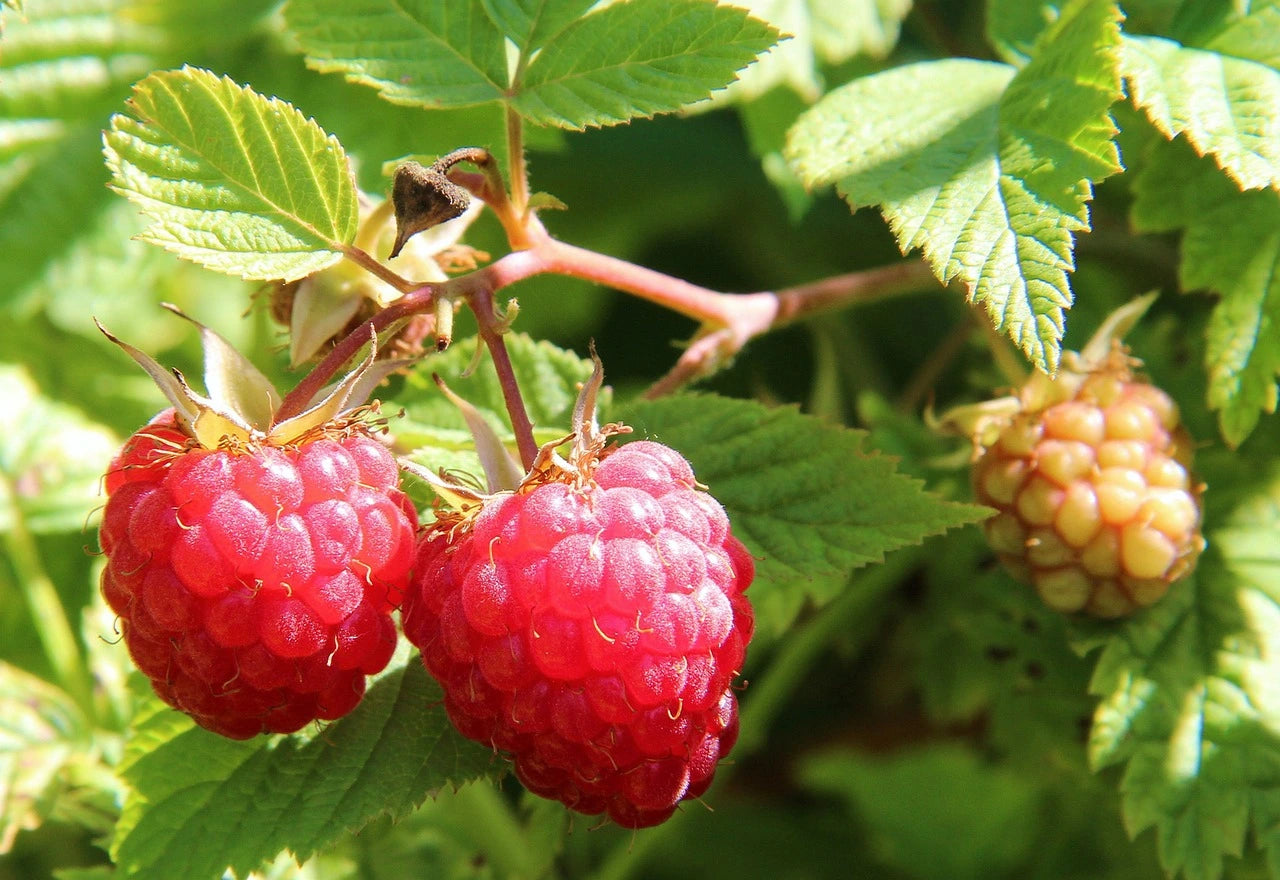
Our quality raspberry plants for professional market gardeners and nurserymen
Quick Read / The Essentials of the Bairiverse Raspberry Range Raspberry cultivation...
-

Our quality blueberries for professional market gardeners
Quick read / the essentials on Myrtilliers Blueberry is currently experiencing spectacular...
-
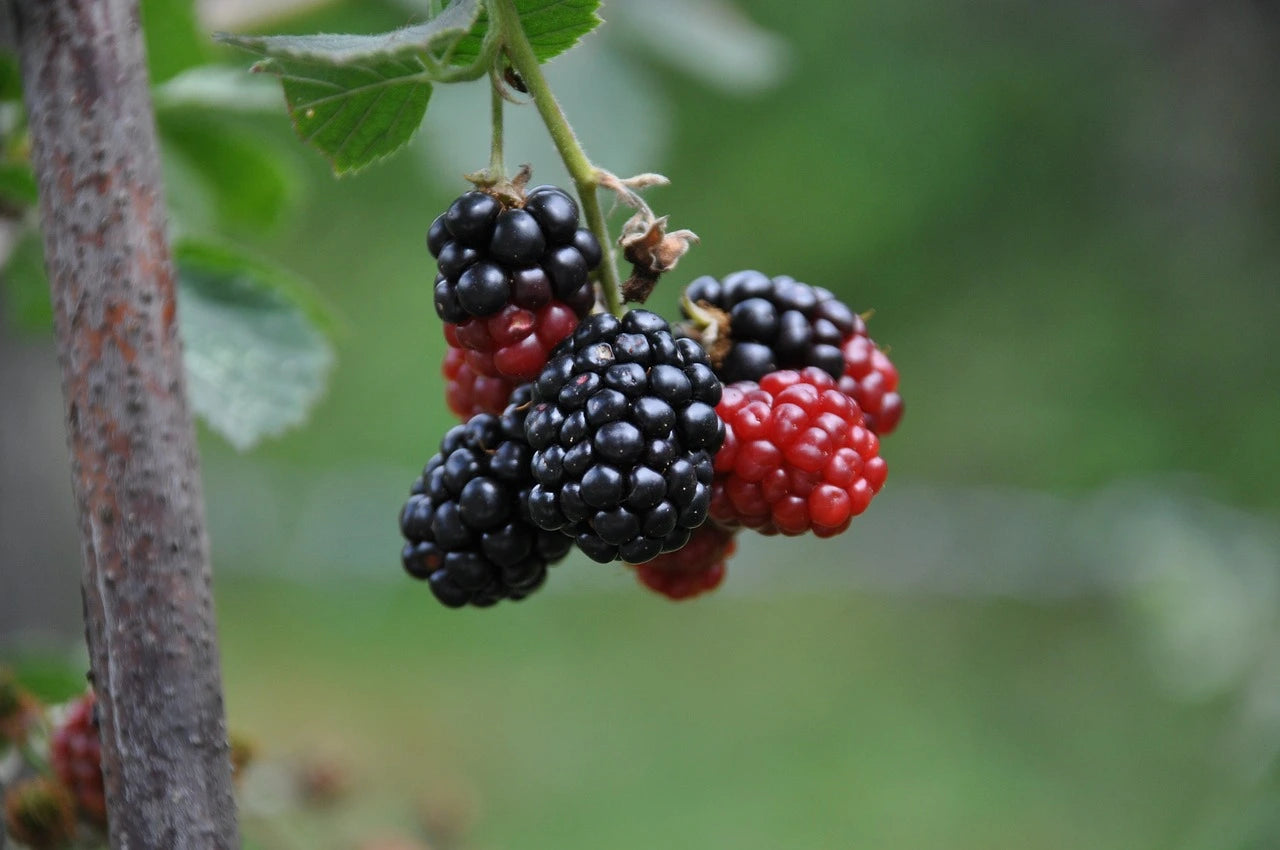
Our quality mulberry trees for professional market gardeners
Quick read / the essentials on Mulberries Mulberry trees are playing a...
-

Our quality gooseberry bushes for professional market gardeners
Quick read / the essentials on Gooseberries The gooseberry bush is gradually...
-

Our quality Gooseberry Bushes for professional market gardeners
Quick read / the essentials on Gooseberry Rovada The Rovada Grape Currant...
-
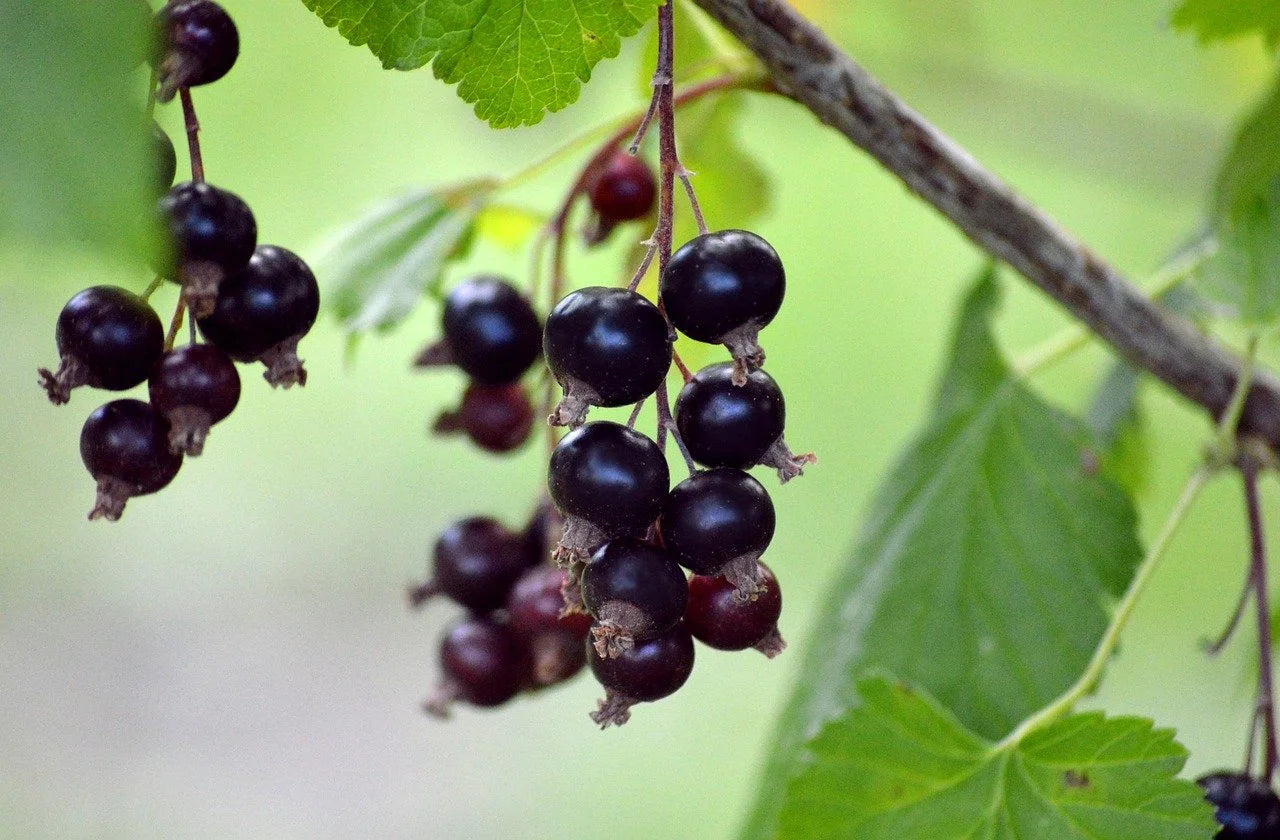
Our quality blackcurrants for professional market gardeners
Quick read / the essentials on Cassissier The blackcurrant bush, also called...
-
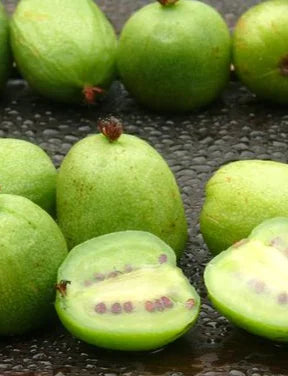
Our quality Kiwi plants for professional market gardeners
Bairiverse: Specialized Wholesale Supplier of Kiwi Plants for Professional Market Gardeners Bairiverse...
-
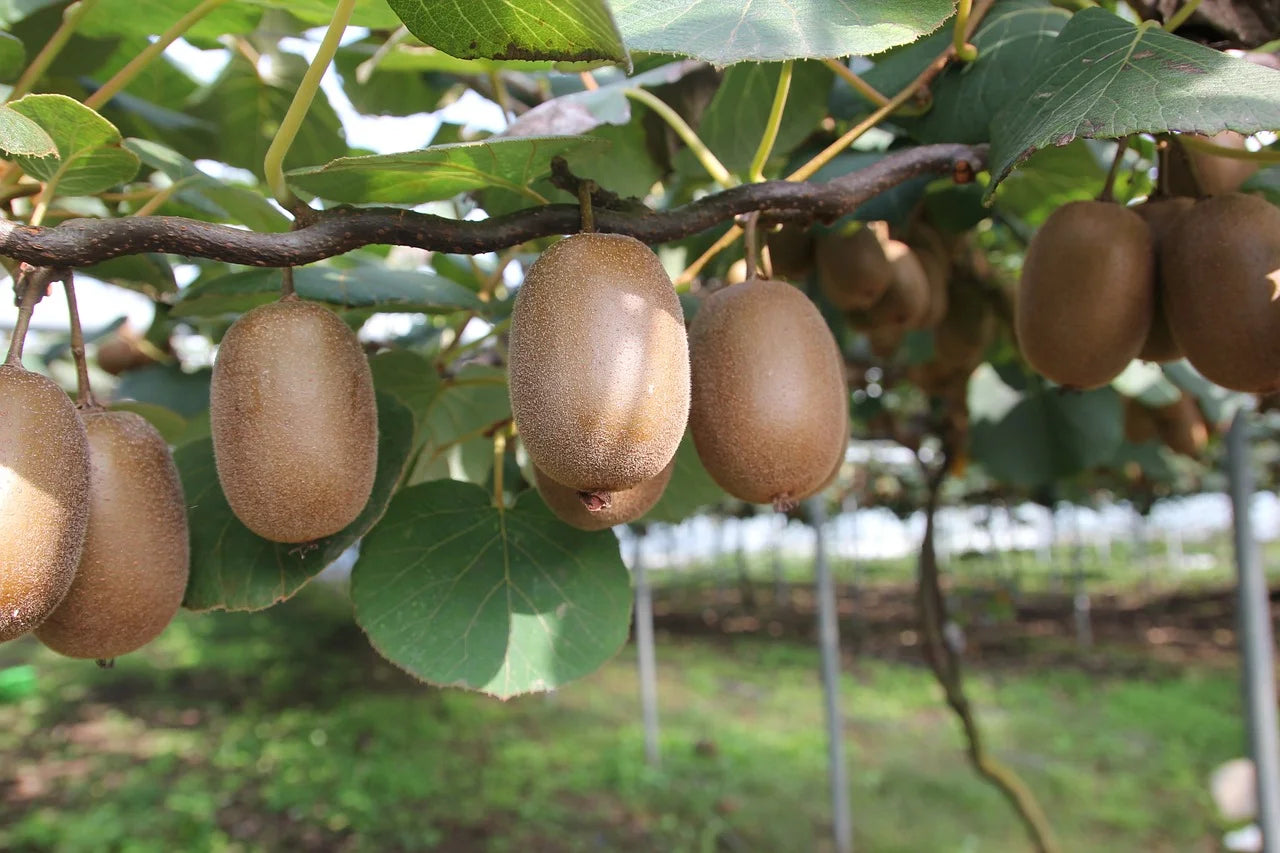
Our quality Kiwi plants for professional market gardeners
Bairiverse: Specialized Wholesale Supplier of Kiwi Plants for Professional Market Gardeners Bairiverse...
-
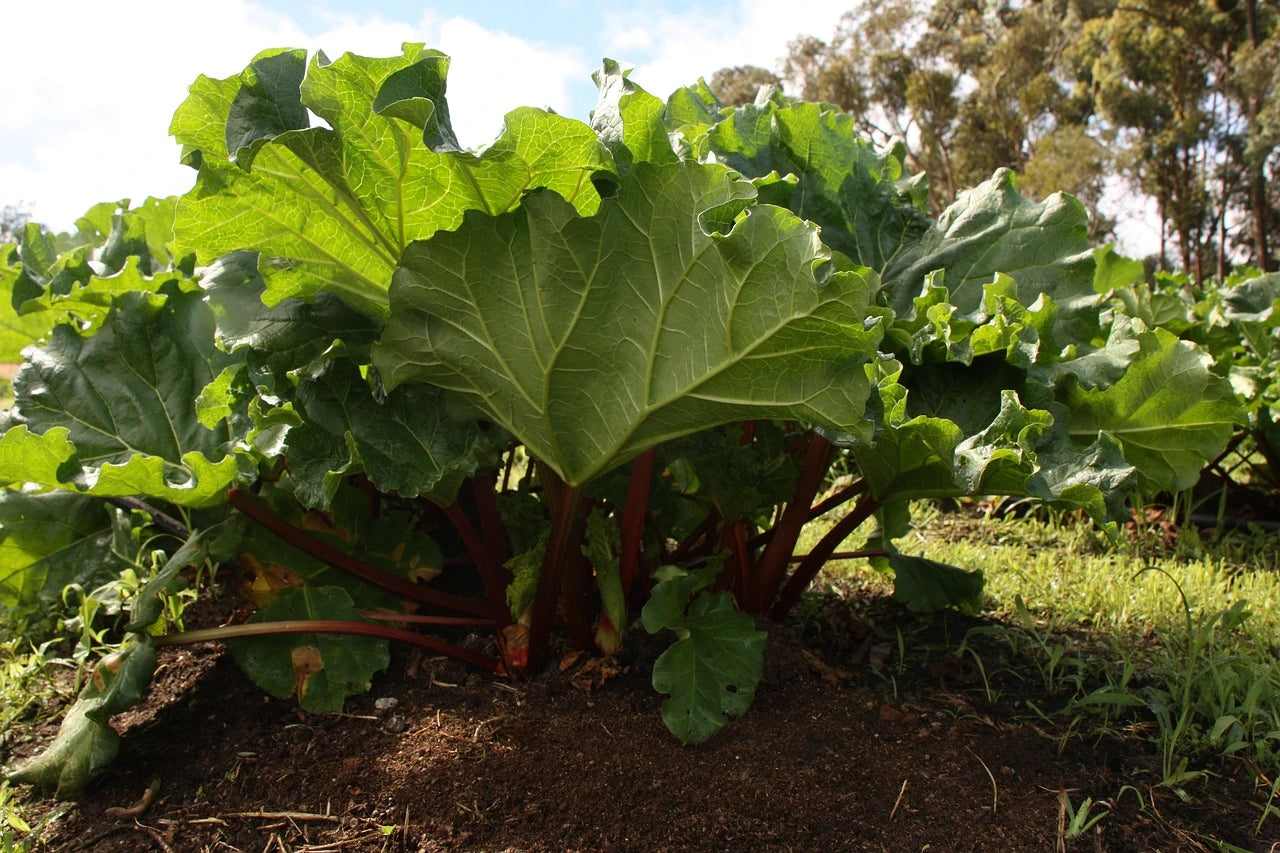
Our quality rhubarb plants for professional market gardeners
Quick read / rhubarb essentials Rhubarb (Rheum rhabarbarum) is a robust perennial...
-
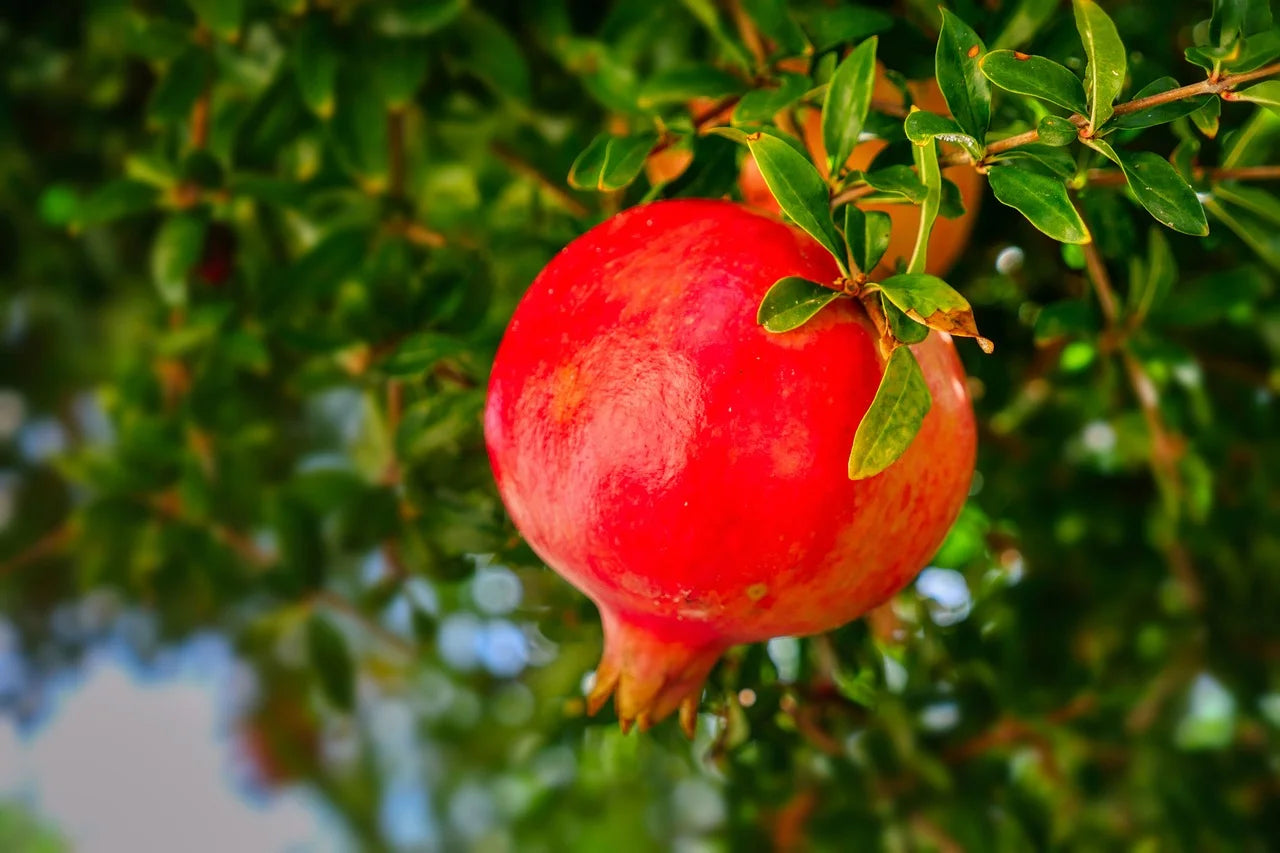
Our quality pomegranate plants for professional market gardeners
Bairiverse: Specialized Wholesale Supplier of Pomegranate Plants for Professional Market Gardeners Bairiverse...
-
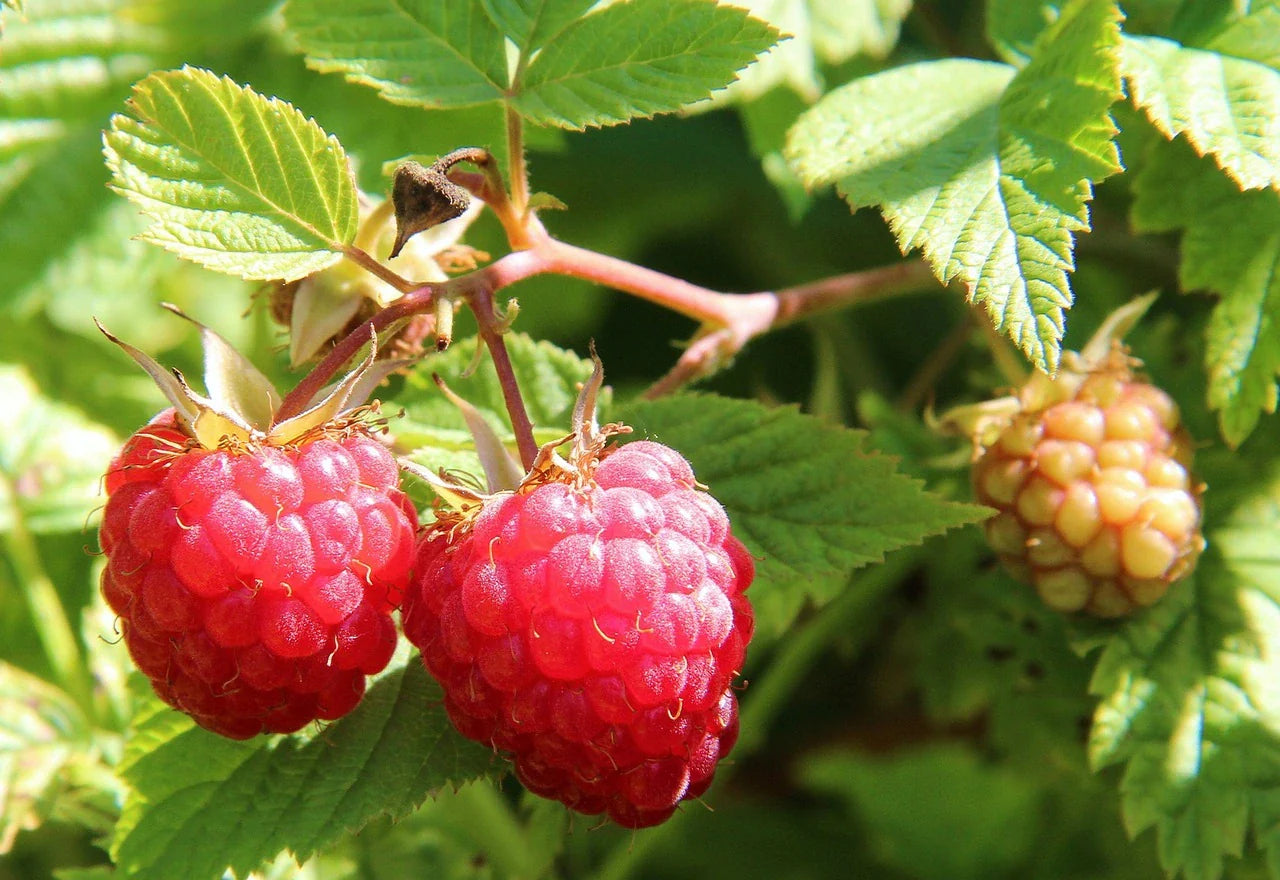
All our Small Fruit Plants
Quick read / the essentials on Petits Fruits The berry market (raspberry,...
